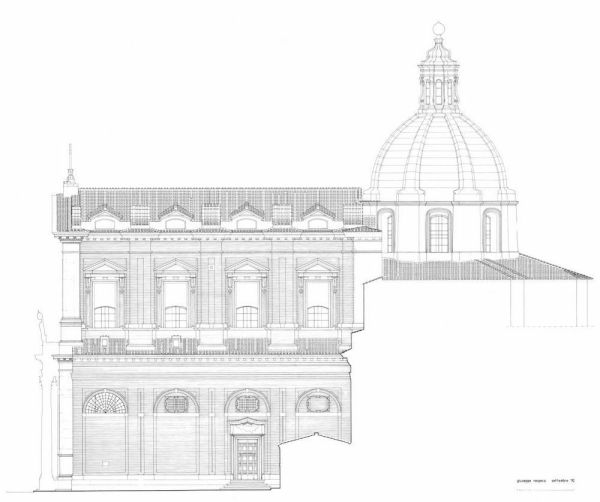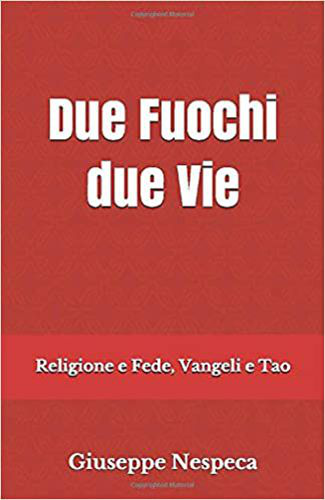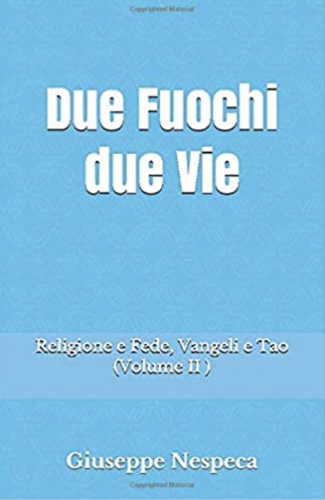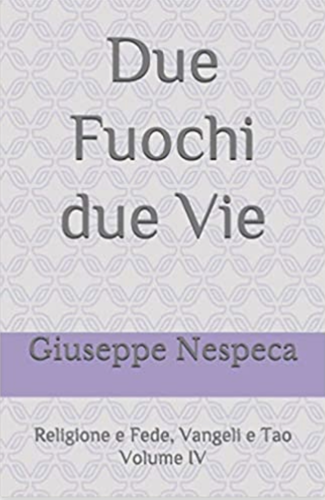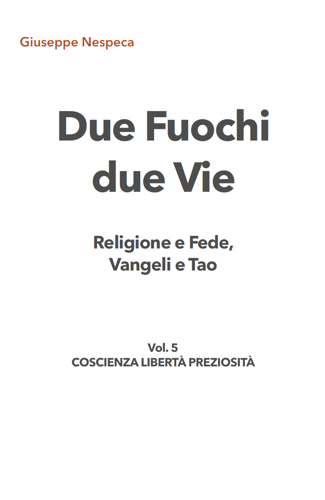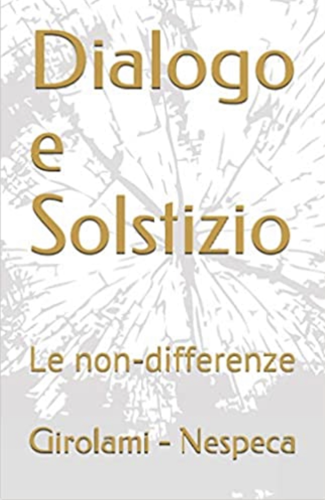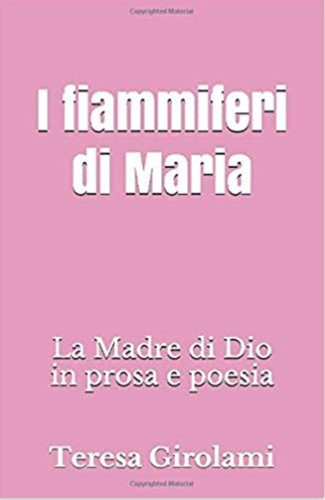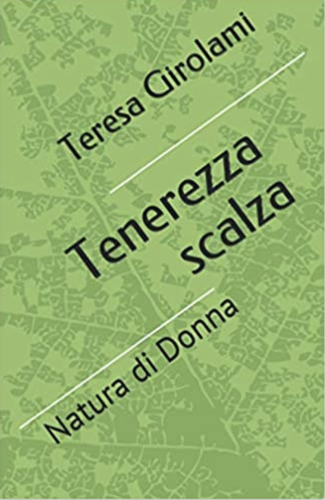For some time now, I have been hearing about artificial intelligence in the media. I learn that it is a branch of computer science whose aim is to build machines capable of working, of having performance similar to that of man. A few days ago I heard that an ancient manuscript was translated thanks to artificial intelligence.
I know that the idea of making machines capable of reproducing human intelligence has always attracted us since ancient times.
Kerenyi in the myths of Greece tells us about the figure of Talos of Crete. He was a living statue, a giant invulnerable automaton, charged by Minos with guarding the island. The giant was invincible except at a point on his ankle where a vein was visible. Legend has it that he was killed with an arrow that struck him in the weak spot. Another version says that he died from loss of blood, but not from an arrow, but because he had hit his ankle against a rock, after Medea had bewitched him with her magic arts.
Artificial intelligence: I do not know if it is more the advantages or the dangers. Perhaps in science or medicine it can be valuable, but in practical, everyday life, I fear dehumanisation.
Besides: what about jobs?
To give a trivial example, imagine when a robot will be served in a restaurant tomorrow? I think we all prefer a human being, with its merits, flaws, and ingenuity.
Or again, I heard on the news that artificial intelligence will be used in the field of psychology and psychotherapy.
Here my whole being revolts!
Psychology deals with the soul and psychotherapy is a form of help through interpersonal relationship. How can an automaton help a human being in inner suffering? What experience can it convey and communicate to the other?
It is not enough to give guidelines; the psychotherapist studies for years and in the case of analysis undergoes analysis himself in order to get to know his own unconscious and try to help the other person. But even when applying a test, the practitioner usually uses a computer to evaluate the statistical data, but it is still the same practitioner who evaluates the test according to his knowledge and the subject's history. Can an automaton do this?
I think that intellect is a human prerogative. There are animal behaviours that suggest purposeful activity, even if based on instinct.
The definition of intelligence has evolved over the years from a general ability to a cognitive competence combined with environmental, emotional and experiential components.
The first definition of it was given by Spermann who regarded it as a 'g-factor' - that is, a general abstract ability, above other abilities. It could be measured by tests and this made it scientific.
Then other theories of intelligence were developed: Thurstone hypothesised seven primary abilities, Guilford spoke of 120 primary and autonomous abilities, Cattell distinguished between fluid and crystallised intelligence. Fluid is the functional, innate structural part - i.e. the ability to grasp relationships between elements, independent of learning; crystallised intelligence arises from experience.
One type of intelligence that is much studied today is emotional intelligence. It consists of recognising and regulating one's emotional life.
This list is not exhaustive. I have only mentioned a few theories.
The one I personally like best is Jean Piaget's theory: the author speaks of 'assimilation and accommodation'. They accompany the life of an individual; more flexible in youth, more rigid in senescence.
Assimilation: we experience the outside world through patterns we already possess. An example of this is the infant with the sucking reflex, which allows him to explore his surroundings. Accommodation is the change of these schemata based on new experiences, which provide additional information. These two moments alternate in search of balance.
This balance causes the individual to organise a form of adaptation to the environment.
The two moments are almost always present in every human activity; sometimes assimilation prevails, sometimes accommodation. For example, when a child clenches his fist without holding anything in his hand or makes sucking movements without having anything in his mouth, it is assimilation that dominates; whereas accommodation predominates when, for example, a child imitates a gesture he has seen or attempts to bring his hand to his mouth. Or if a child picks up a pen, he has to perform different finger movements from when he picks up a ball. He mimics his gestures.
For Piaget, mental development begins with the sensorimotor period. Briefly, it is a phase from birth to about two years of age. From reflexes alone, it moves on to behaviour, to seeing the consequences on one's own body and then on objects in the outside world, discovering new effective actions to achieve a goal. At around eighteen months, representational activity appears: the child is able to imagine actions.
In the preconceptual phase [2-4 years] egocentrism prevails and language increases, but the child does not know how to switch from general to particular thinking.
From around the age of four to seven we have the phase of intuitive thinking. By kindergarten the child acquires new information, but there is still no reversibility. The latter consists of relating several actions to thought, and being able to reconstruct them in reverse.
In the phase of concrete operations, the agreement between actions grows. Thought moves from the particular to the general, and vice versa; but one is still bound to actions.
In the formal operations phase [from about eleven to fourteen years], deductive hypothetical reasoning allows one to make hypotheses. The pre-adolescent begins to think about his future, and reflects on the values of his cultural environment.
This brief outline is neither complete nor exhaustive. The 'Piagetian' theory is much more articulate. In addition to Piaget's theory, there were Wygotsky and Bruner, who had their own views.
Taking into account these little pieces of data on human development, reminiscent of university studies, I asked myself: will artificial intelligence be able to find an accommodation to better adapt itself? Will it be able to find new solutions? Or will it only make use of the moment of assimilation? And above all: will it be a help, or will it compete with the human being?
Francesco Giovannozzi, psychologist-psychotherapist.



